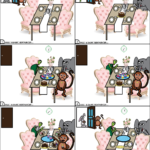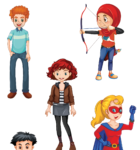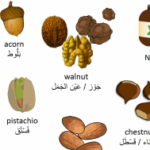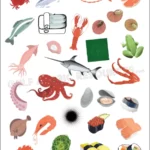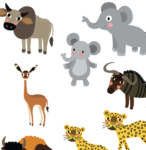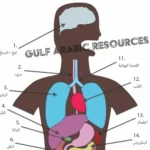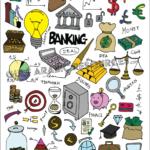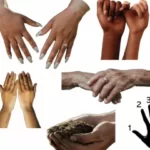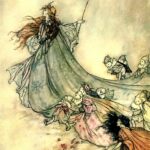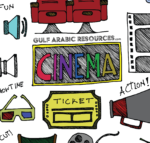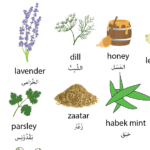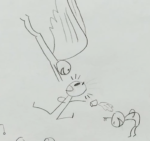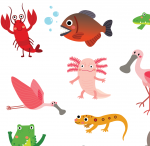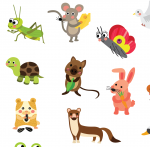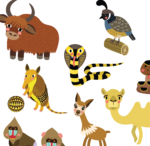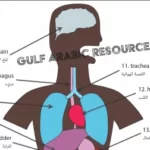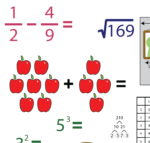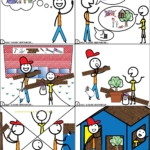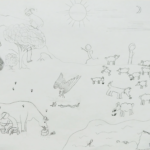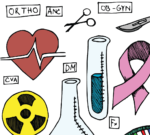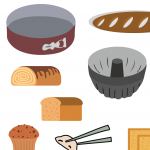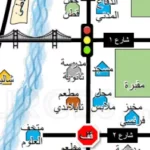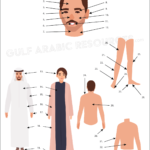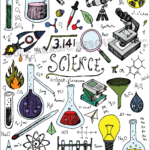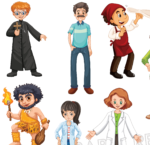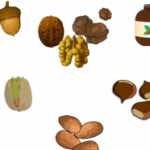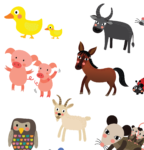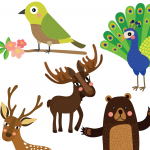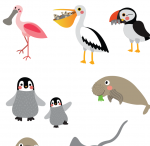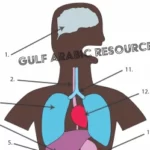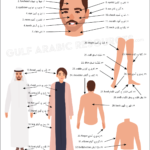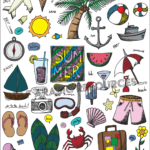
Picture Stories
Look at the picture and use it as inspiration to say as much as you can. Example questions you can answer as you’re looking at it:
• Describe what you see in the picture—colors, objects, expressions, emotions.
• What happened before this picture?
• What do you think will happen next?
• Turn the story into a picture.
• Tell the story as if you are one of the characters in it, then change perspective and tell it as if you are a different character.
• You can use the appropriate topical conversation question set to go along with the picture.
The tutor can prompt questions if you run out of things to say. He can either correct as you speak, or take notes as you speak then go over your mistakes at the end. This can be helpful because you’ll have a written record. It can be helpful to go over the mistakes, then tell the same story again, incorporating the tutor’s feedback into your retelling.
Example points the tutor could be looking for:
• Pronunciation (certain letters and words, as well as حروف شمسية وقمرية, etc.)
• Correct emphasis (correct vowel lengths and ّ, etc.)
• Phrasing it in a natural way for a native speaker
• Vocab words you missed
• Grammar (such as correct use of past, present, etc.)
***Note: You can also find other good pictures stories in these places:
• Doing a Google image search for “wordless stories,” “sequence wordless story,” or something similar
• https://speakbroadly.com/phase-2-materials/
• https://freekidsbooks.org/subject/wordless/
• https://www.websiteplanet.com/blog/learn-english-free-books/

